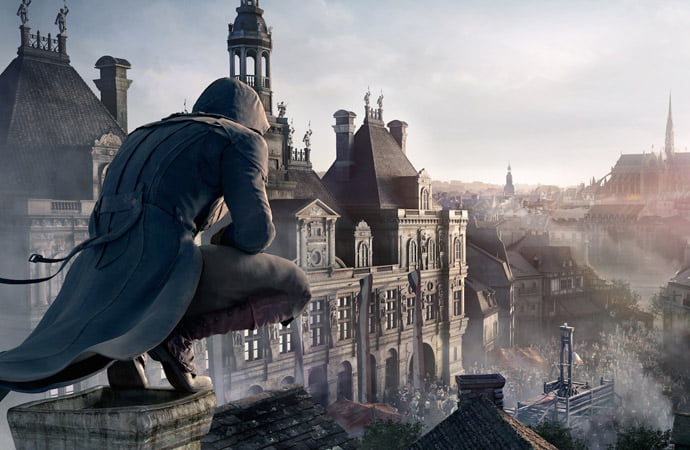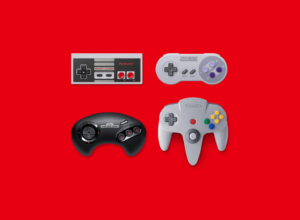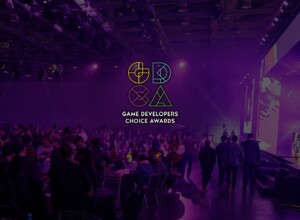There’s no doubt that Assassin’s Creed Unity should not have been released in the state it was.
It was riddled with technical issues, frame rate problems and far too many hilarious bugs.
These, along with the famously botched review embargo, set in motion a narrative from which the game has never quite recovered.
As a long-time fan of the series I was compelled to add my voice to the baying crowd, without even playing the game. It seemed like Ubisoft had taken us all for a ride, so up on our soap-boxes we climbed.
In that rant I said how the messy combination of factors had completely reduced my desire to purchase the game. And they did.
For a while.
But I’m a fickle chap and all it took was a little time, and a price reduction, before curiosity got the better of me.
Like most games, Unity’s retail price eventually tumbled down. And when I saw a copy priced at £16 I thought it must be worth a look. Could it really be that bad?
As it turns out, Assassin’s Creed Unity has quite a lot going for it.
Yes, there are plenty of things that could be improved. The game’s multi-currency economy is needlessly restrictive, the music isn’t up to scratch for the series, and the mission map verges on the ridiculous. Scratch that – the mission map is ridiculous. Hopefully Assassin’s Creed Syndicate will find a way of replacing it with something a little more elegant. Copying the mission wheel from Batman Arkham Knight would be a good place to start.
But the reason for this article is not to trot through the game’s bad points – they’ve been examined plenty in the past eight months. The game has received multiple patches to fix its launch issues, so let’s talk about the good stuff, because when it’s good, it really is good.
The obvious place to start is Paris itself. The level of detail and artistry is simply stunning. It’s a sprawling city constructed of slums, exquisite courtyards and monolithic buildings – all created in exceptional detail. Assets never feel repeated, although one must assume they are, and each district feels distinct with its own tone and atmosphere. It’s an intricate playground with a welcome sense of scale after the low-level pursuits of Assassin’s Creed IV: Black Flag.
You have to feel a little sorry for the artists involved. Whilst everyone was busy throwing the game under a bus, their work was pretty much ignored, and it deserves recognition.
When Unity was previewed much fuss was made of the number of NPCs, and with good reason. Not because of their quantity, which is impressive, but because of how they are integrated into the world.
The variety and scope in animation routines is a delight to watch. On one street you might spot a man being measured for a suit. Down another, you’ll see a woman carrying a cross or waving a flag. You’ll see scuffles break out and arguments overheard. During a chase you might stumble upon a couple sharing an embrace in an alleyway. Just watching the world go by is a pleasure to savour and further testament to the game’s artistic credentials.
Yes, the fact that most NPCs speak in cod-regional UK accents is more than a little odd, but Unity’s Paris feels more genuinely alive than any other Assassin’s Creed location to date.

The number of NPCs also makes a significant contribution to the structure of the game’s mission design. Crowd cover has increased in importance and works to great effect in many of the game’s set-pieces, lending infiltration a fluid feel that breaks the series free from it’s hayrack restraints. Although they remain in abundance, of course.
The game’s main missions – and a high percentage of its side missions – are another highlight. Assassin’s Creed IV: Black Flag, for all its achievements, felt more like an adventure game than anything else. In Unity, we’re back to basics. Patience, stealth and inventive use of Arno’s array of gadgets and abilities are order of the day.
Many missions are constructed around arena-like locations, featuring interiors, short cuts, and optional objectives that can enhance your chances of success. In these moments Unity slows right down, becoming a compelling game of cat and mouse.
Reflecting the more considered pace is a control scheme that, although in need of further refinement, offers much flexibility. Yes, you will get stuck in cover, or mistakenly jump to your doom, but, once you grasp their intricacies, the free-run ‘up’ and ‘down’ options make traversal much easier than in previous instalments. And it’s a scheme that looks to be improved further in the forthcoming Assassin’s Creed Syndicate.
My milage with the rest of Unity’s pleasures varied. The murder mystery missions are frankly boring, the excursions into the Helix are superfluous, and the hundreds of collectibles are unnecessary filler.
There will never will be an excuse for the sorry state Assassin’s Creed Unity was released in, but with those issues now put to bed there are a surprising number of improvements that bode well for the series’ future. It’s a very bloated game but if you concentrate on the core story and main side missions, you’ll find lots to enjoy.







Even WITHOUT any glitches it is the WORSE Assassins Creed game of all time. Terrible parkour, no present day stroy, terrible main character with the chemistry with the main female lead the only redeeming thing, can’t pick up enemy weapons, can’t even use human shields, getting shot by snipers even when you clearly run behind a wall in time, boring story and awful repetive street missions almost like going back the first game.
Again EVEN IF IT WASN’T A BROKEN MESS (and yes I am talking about after 1.05 which they refuse to fix anymore), it is a bad game for an Assassin’s Creed game.
You listed “no present day story” as a negative…